Vegetable growing is too frequently thought of by gardeners as a summertime pastime. However, a variety of cold-season veggies will sprout and develop in the fall when degrees are lower. These veggies are renowned for their resilience to colder temperatures, and when the temperature decreases, they frequently get better in terms of aroma and taste.
Beets:
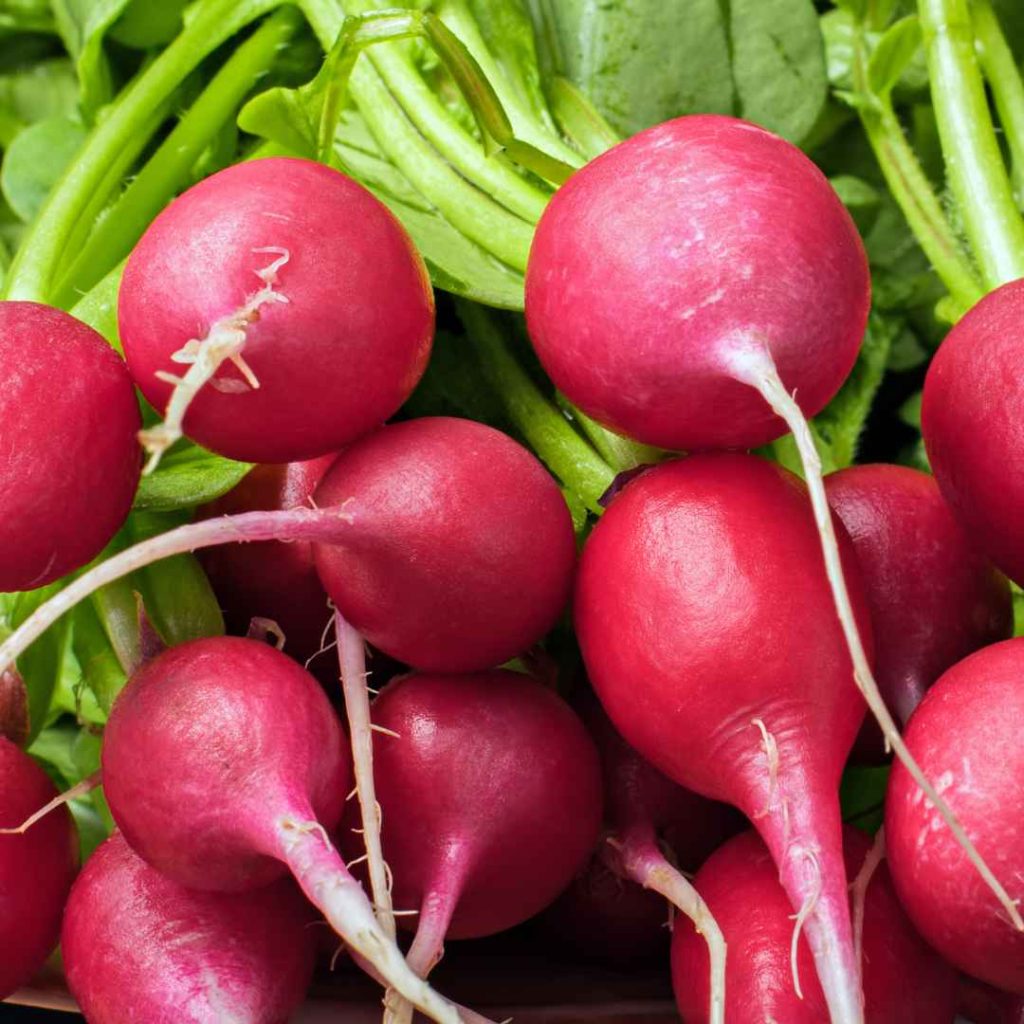
The milder earth temperatures in the fall, when the beets begin to develop, will yield tastier beets, but in summertime, beets may require some shadow protection in order to establish. They can withstand a little cold and will continue to develop until the initial hard cold. Beets can be marinated, preserved in containers, or kept in a cool place.
Carrots:
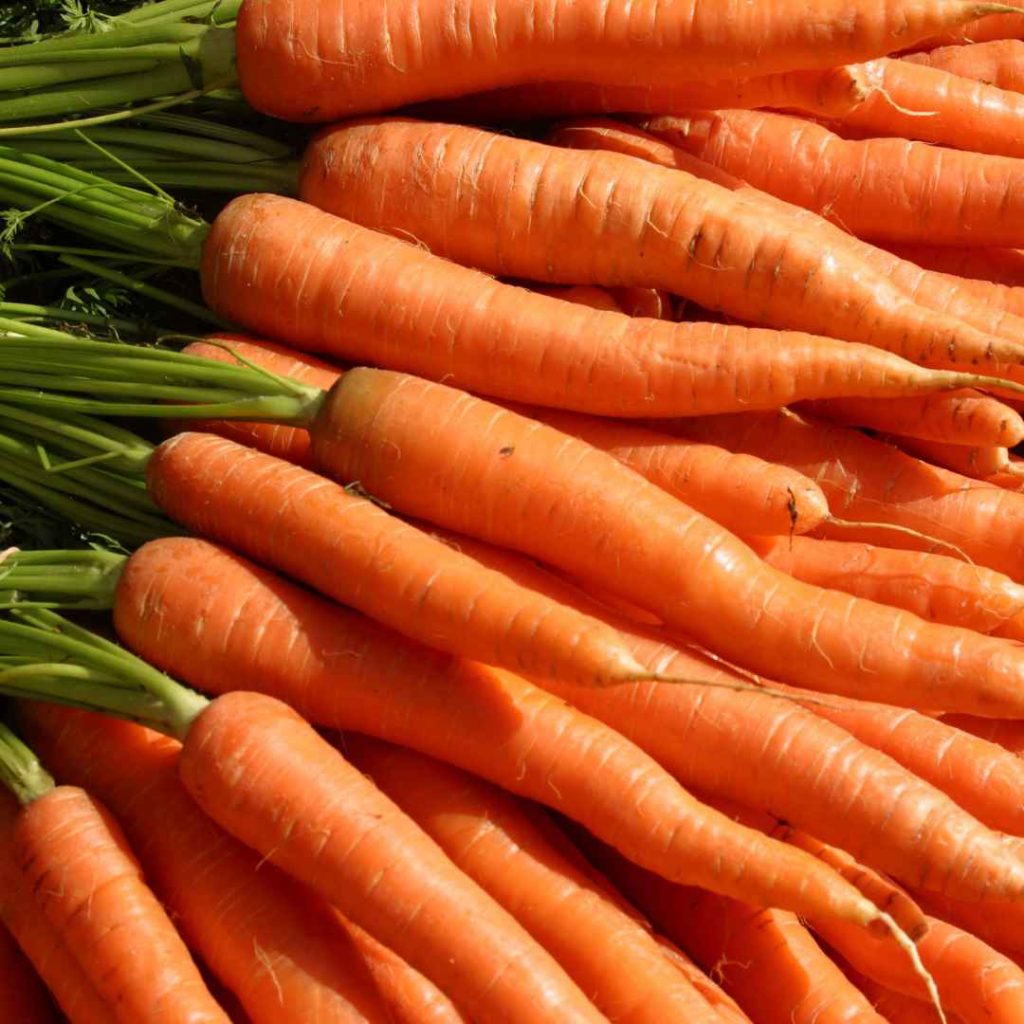
Carrots grown in cooler fall dirt will be more flavorful, like beets, with orange varieties being the most delightful. A healthy yield of carrots will last you through the colder months because they can be stored in a refrigeration unit for up to three months. They do most effectively when given time to reach adulthood, so don’t yank them too soon.
Sprouting Brussels:
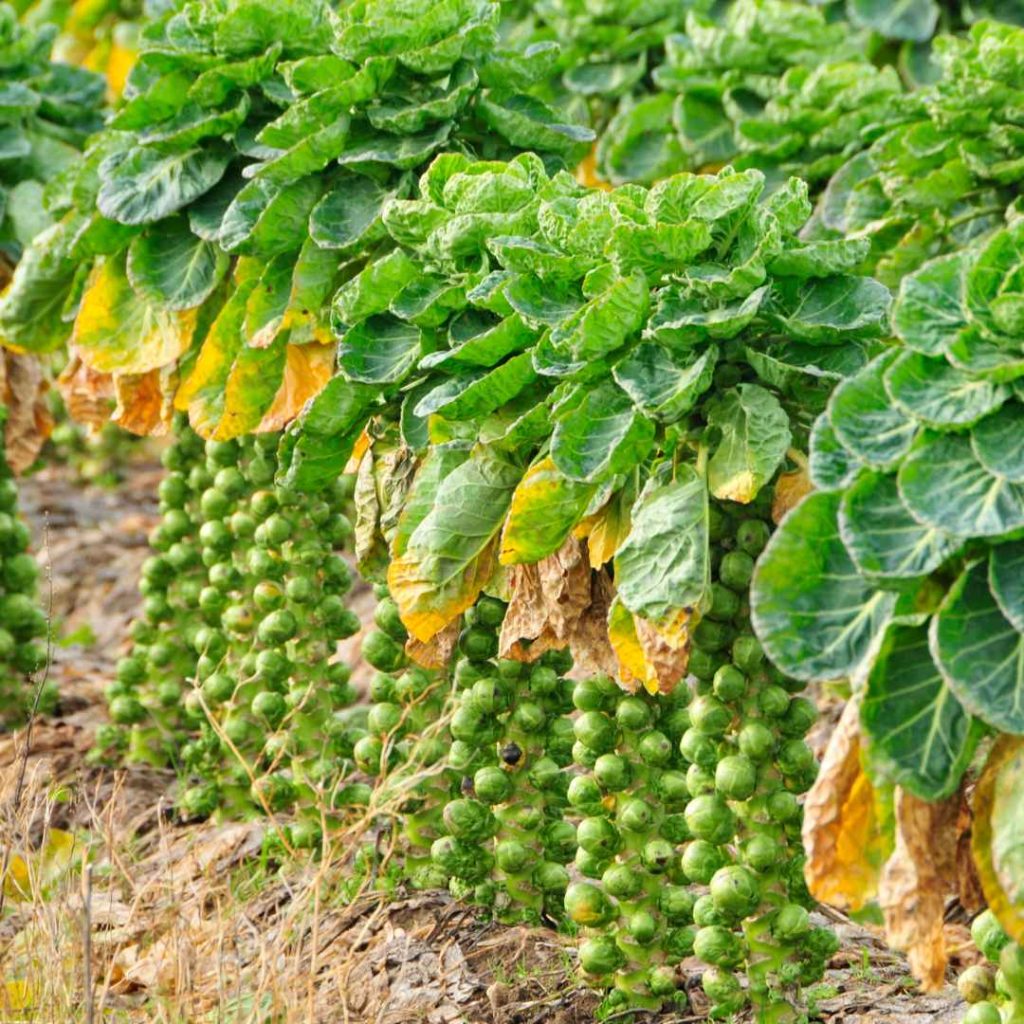
Brussels sprouts, a separate crop that thrives in the fall, are often the last crop to survive when fall gives way to December. Since they will keep happening to develop from the highest point, pick from the bottom up. Plant the Nasturtium and marigolds close by to assist with ward off caterpillars and cauliflower worms.
Broccoli:
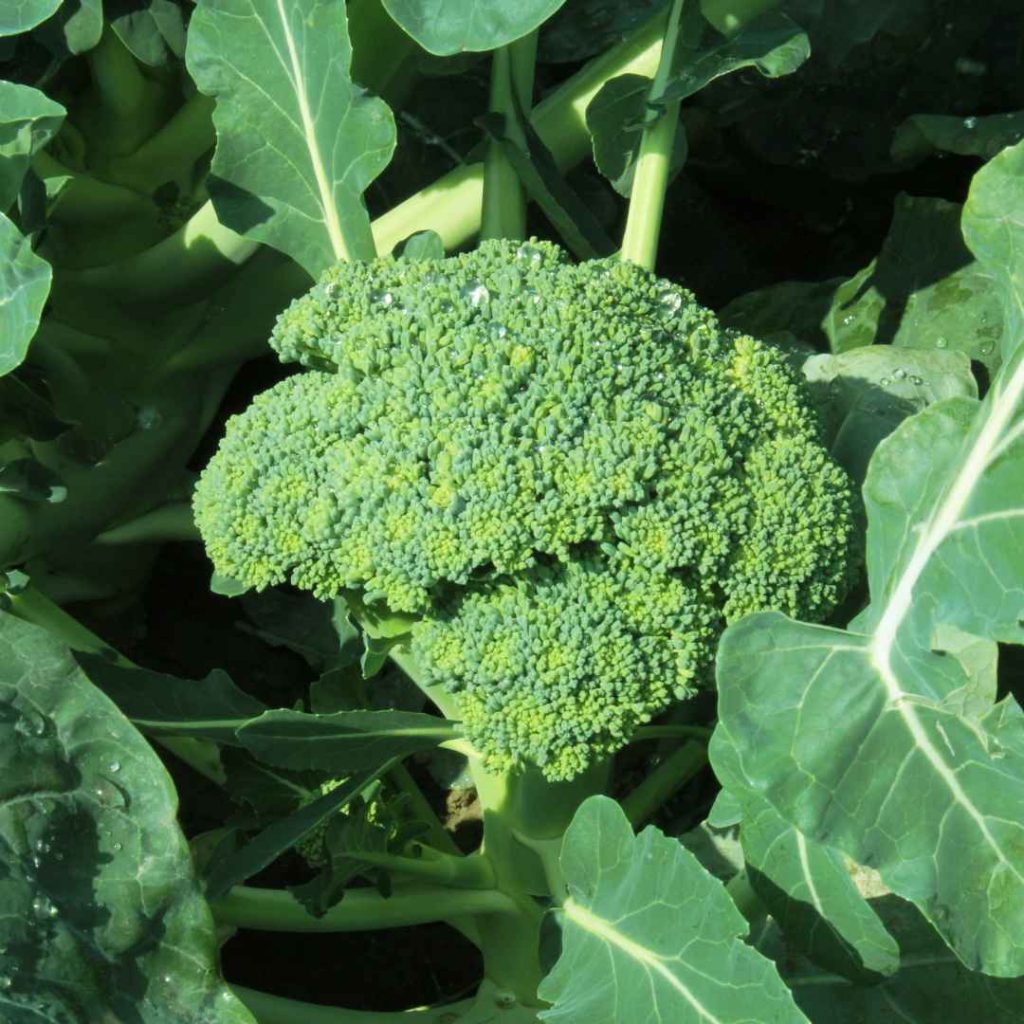
Unlike spring-start broccoli young plants, late-summer-started broccoli seedlings are not susceptible to sporadic frost. They should be collected prior to the earliest hard cold, but if they have sufficiently grown up, they can withstand a light freeze. It’s advisable to start seedlings a little sooner and then relocate them in the middle of summertime because they require slightly more time to expand.
Sweet Potatoes:
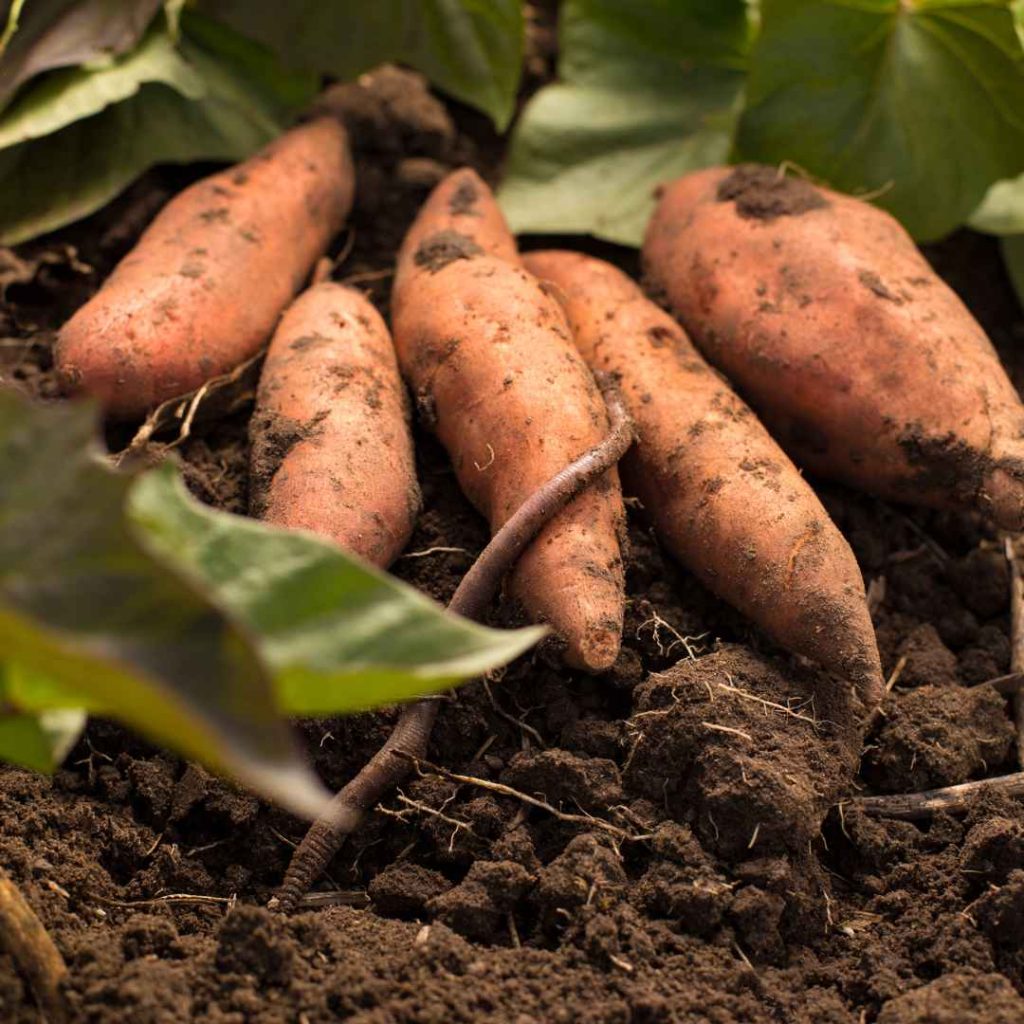
You are probably surprised to hear that potatoes, both flavorful and ordinary, might thrive in soil made from leftovers. Chop up a sprouting potato first, then arrange the slices sprout-side across a minimum 4 inches of ground.
After adding four more layers of the earth on the highest part of them, you should have vegetables in approximately three months! Double-check that the container is adequately sized to accommodate them veggies as they tend to grow rather big and you might need to keep pouring dirt to keep the potatoes protected as they become bigger.
Lettuce:
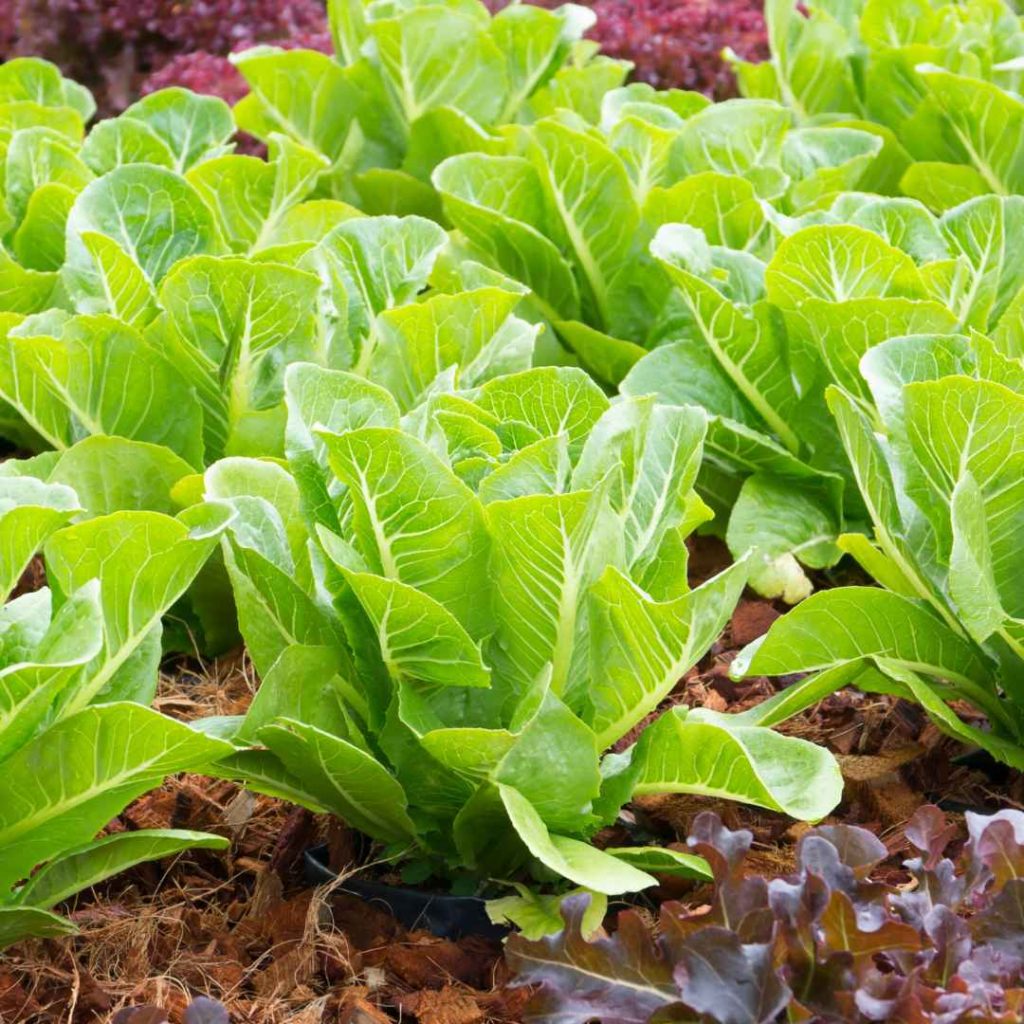
Planting lettuce inside during wintertime is a necessity if you’re a salad lover. One can grow numerous kinds of lettuce, as well as some are better suited for cultivation inside than alternatives. Among Tom Thumb, Baby Oak leaf, or Black-Seeded Simpson, pick your preferred kind.
The sole prerequisite for growing lettuce in any kind of planter or vessel is that it must be no more than one foot deep.
It is best to put the container in bright lighting. If this isn’t feasible, buy an LED light to encourage development.
Turnips:
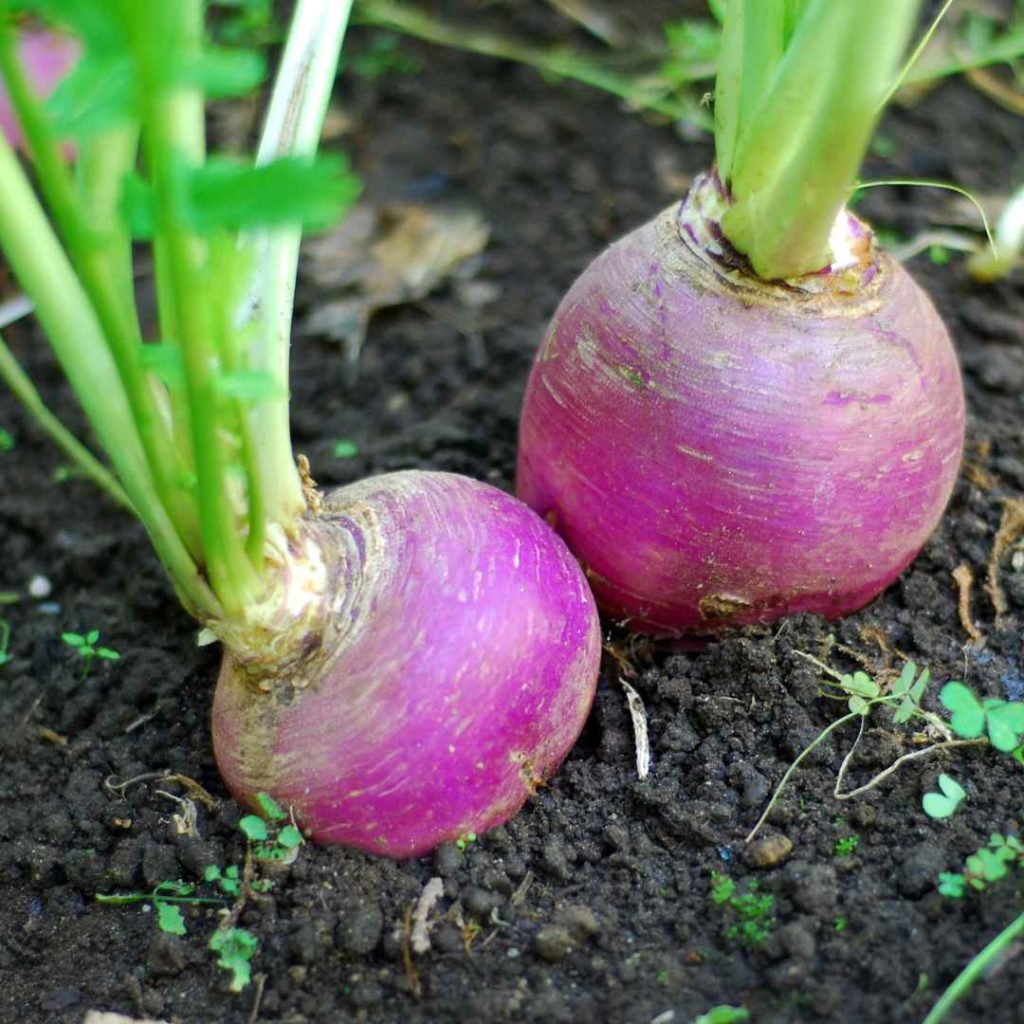
Turnips are another delectable veggie that you must cultivate inside of the home landscape. They are available in a wide range and may seem utilized to make a lot of delectable recipes. Turnips require huge planters that are around eight inches shallow to thrive domestically.
A substrate that is abundant in biological material and has a mild alkaline pH level is what you need to select. To get the ground correct, you possibly prefer to combine manure with standard gardening soil.
After seedlings are sown, put the container in bright sunlight and give the soil frequent watering. In approximately two weeks, you can expect to begin gathering your turnips.
Cucumbers:
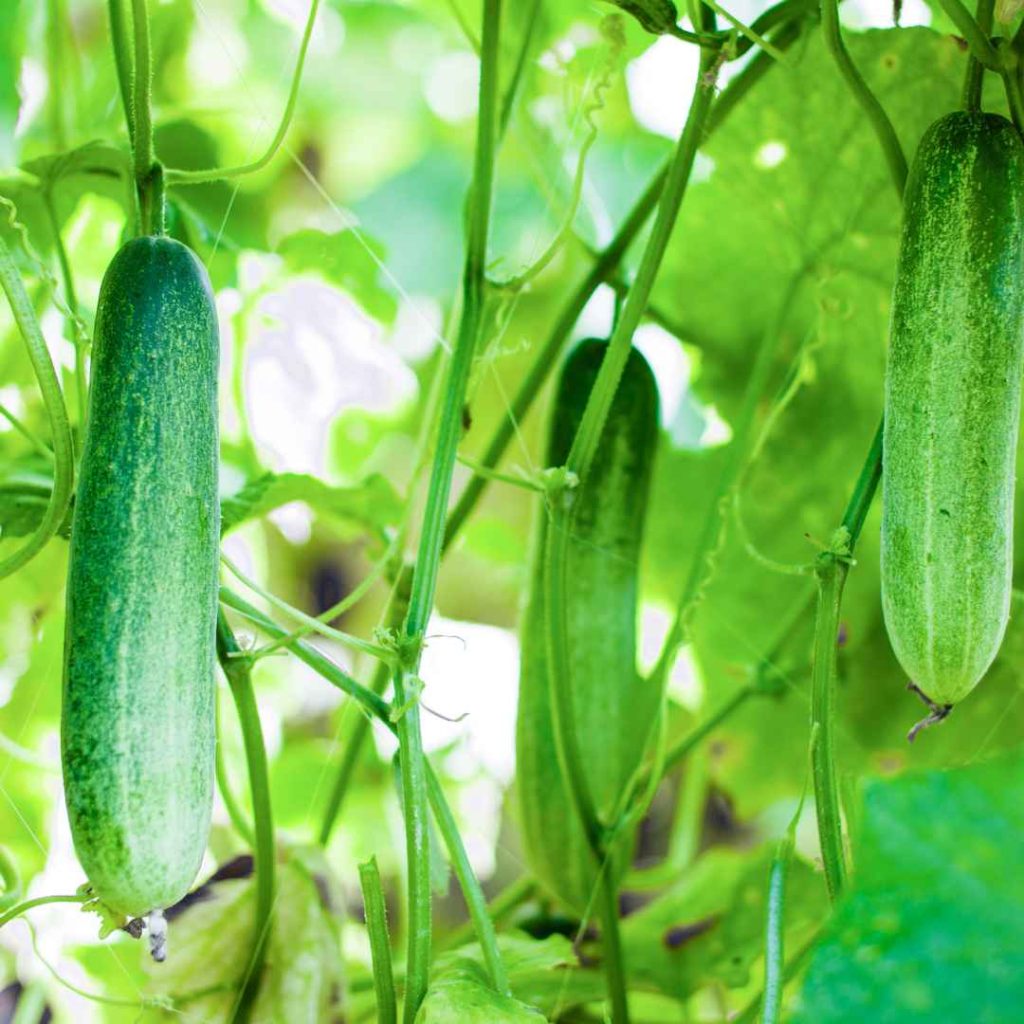
Other veggies you may expand inside are cucumbers. A variety of cucumber seedlings on the marketplace designed especially to grow indoors. When equivalent to yard varieties of cucumber seedlings, they may be priced higher, but the outcome is sure to be superior.
Spacious planters ought to be used for the cucumbers. Plenty of room is required for cucumber proliferation. Recall that they are tendrils as well, therefore you will need to build an ascending framework and plant it in the container you purchased.
Cucumbers demand an appropriate temperature range of seventy-three to 79°F and plenty of lighting to flourish as far as environmental demands go. For optimal effects, make careful to maintain cooler temperatures at midnight.
